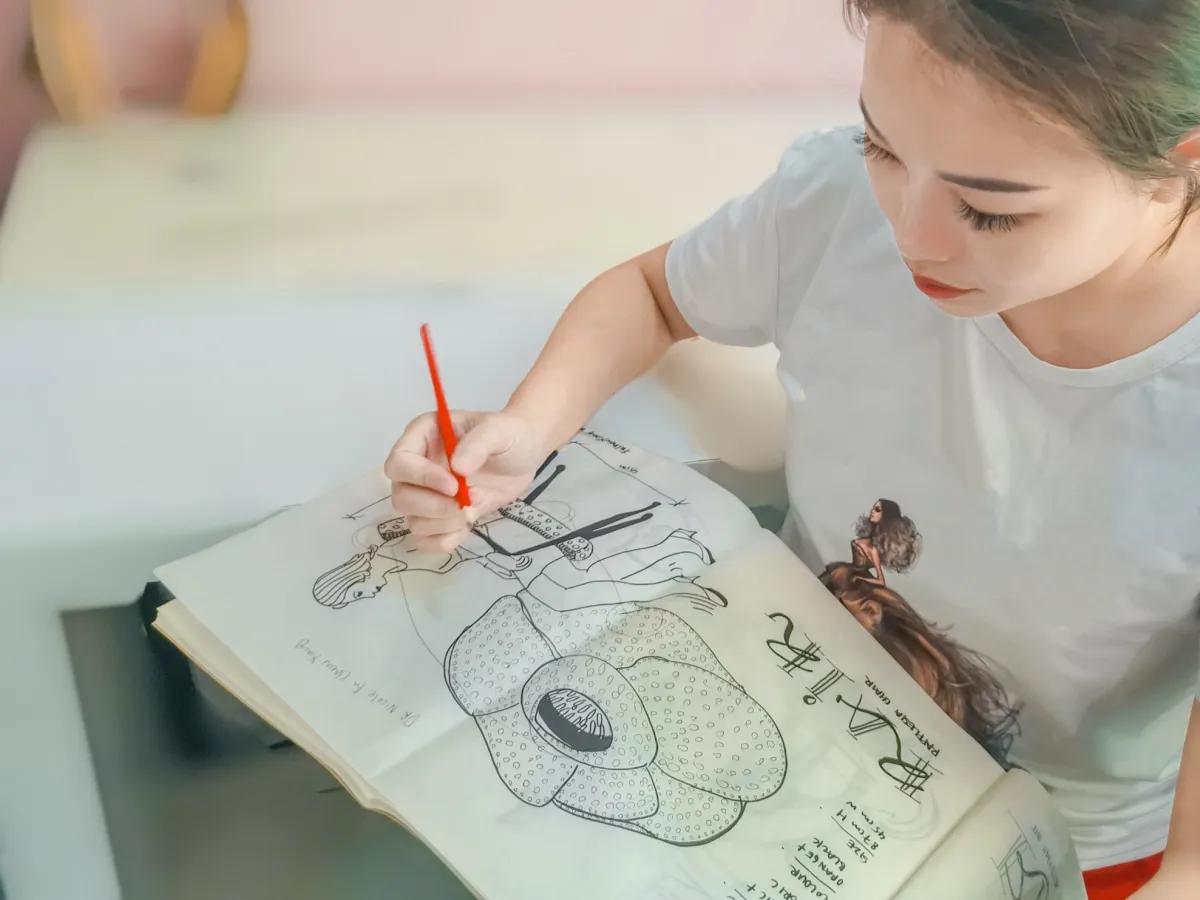Biomimicry Furniture Design in 10 Minutes
Biomimicry design means taking inspiration from nature, developing ideas based on the living structures, and implementing them into the design. Ants may have the answer to traffic jams, geckos may make humans walk up the walls. The science of applying nature in furniture design sustainably could potentially solve human problems.
Inspiration can be found in plants, animals, the ocean, and land. Biomimicry can be used as a design method, for what nature has to offer. The instruction of nature such as tree anatomy and branches, the spotted pattern on a leopard, the repetition of waves, and the colour palette in autumn contribute significantly to the development of furniture design. Methods derived from nature have concrete scientific data in compliance with design principles. Using this method as an inspiration in furniture design facilitates the process of decision-making and trial and error.
Applied biomimicry can be inspired in three ways or a combination of all three: form, processes, and systems. A natural object contains basic geometric that can be used as a subject matter in design. Form - for example, if a water droplet is a spherical shape, the furniture designer can refine the water droplet shape into a perfect spherical chair. The spherical shape is fun, playful, and flexible; imagine a futuristic sphere chair with no internal structure that can be vacuum-packed for efficient shipping. It will surely be a sustainable furniture design solution. Processes - furniture designer mimicking the pufferfish inflating and deflating as the expandable mechanism in furniture to utilize space better. Pieces of furniture that are designed based on this biomimicry concept are convertibles and multifunctional. Lastly, Systems – such as building wall systems that mimic the homeostatic in an organism, help to regulate the internal condition of the building.
The idea of biomimicry helps designers to create a healthier and more sustainable planet that will have a positive impact on the future of the environment. Rethinking furniture can be constructed to perform the same functions a natural ecosystem does, furniture designers can create an interior environment that saves resources, energy, and cost. In nature, nothing is single-purpose. For example, the ocean regulates the earth’s system, absorbs carbon dioxide and it is home to many creatures. Imagine furniture surfaces and structures that could accomplish multiple functions with one simple design.
Although the science of biomimicry is not fully recognized, the ultimate goal of imitating nature makes it a green solution for furniture design. In the next decade, nature’s sustainable designs and the application of its design principles will be widely used in the human-built world. For instance, Janine Benyus and her team designed the world’s largest commercial carpet line inspired by random pattern formation in nature, this design innovation brings a new “nature” within a building to foster a more sustainable human experience and existence.
With the impending threats of climate change, tangible goods need a massive sustainability makeover. Nature’s design principles – infusing biomimicry into the design process, emulating the inherent performance properties that nature has evolved, are the answer to all sustainable design. The analogies between nature and furniture will deliver new perspectives toward innovation in furniture and design.
Dr Nicole Fu Chew Xiang
School of Arts
Email: @email




